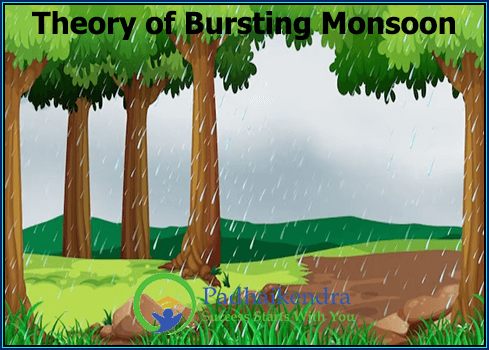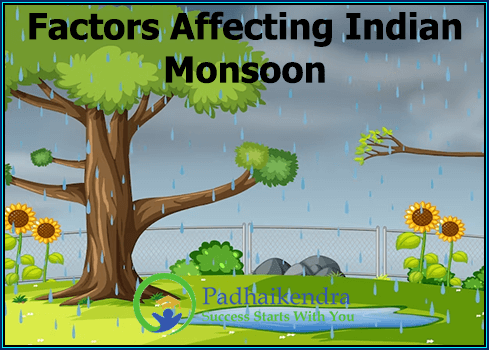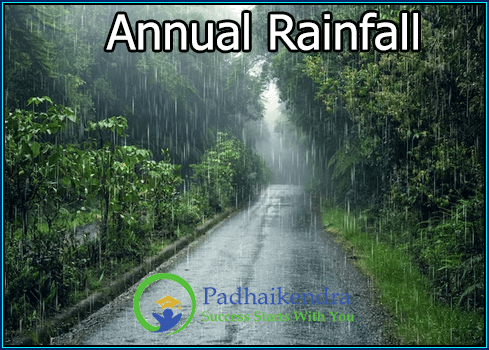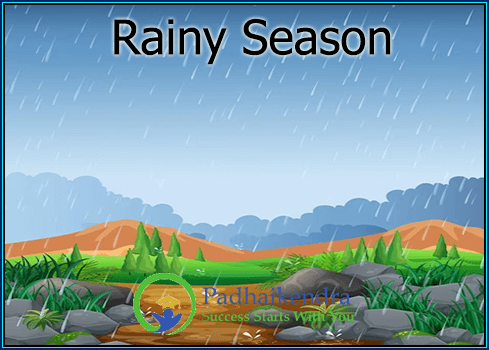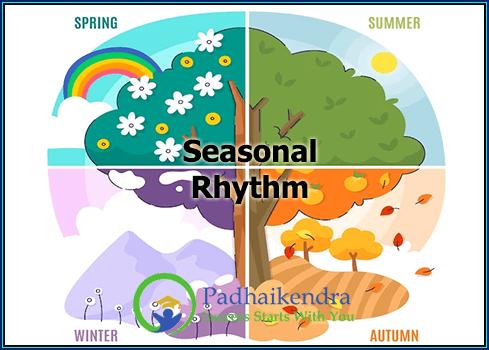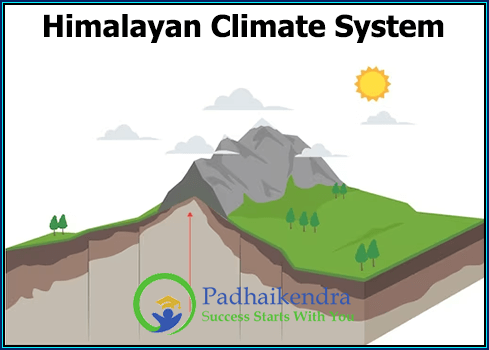Theory of Bursting Monsoon
The theory of bursting monsoon is a phenomenon associated with the onset of the Indian monsoon, which is characterized by the sudden and rapid increase in rainfall over a short period of time. The onset of the monsoon is typically preceded by a prolonged dry spell, during which the land and vegetation become dry and …

